Is Colombia safe to travel to in 2024? Thanks to ongoing efforts against crime, cities like Bogotá, Medellín, and Cartagena have seen safety improvements. Although these cities are more secure now, travelers should stay alert to risks like petty crime and scams. This article examines the current safety in Colombia, detailing common tourist concerns and providing practical tips to ensure a worry-free visit.
Key Takeaways
-
Colombia has seen a decline in crime rates, particularly in urban areas, but travelers should remain cautious due to ongoing petty crime and potential drug-related incidents.
-
Tourists should stay informed about common scams targeting visitors, especially in crowded areas, and adopt safety measures to protect personal belongings.
-
Safe transportation options include using authorized taxis and ride-sharing services; travelers are advised to avoid poorly lit areas and travel alone after dark for improved safety.
Current Safety Situation in Colombia
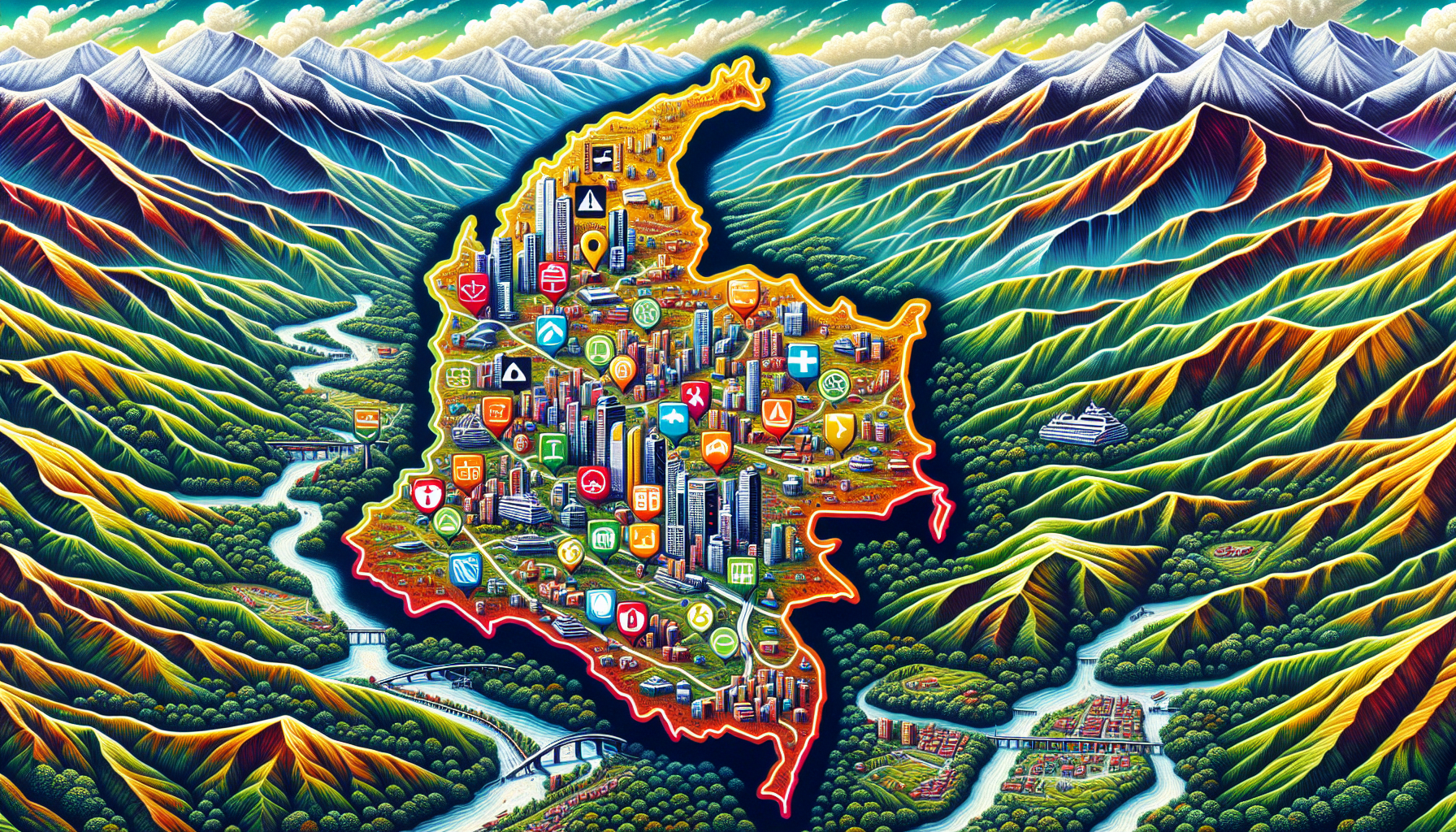
Over the past decade, Colombia’s crime rates have consistently declined, thanks to effective measures against drug trafficking and organized crime. Major cities like Bogotá, Medellín, and Cartagena have improved safety through increased police presence and better urban lighting, making these areas more secure for residents and visitors alike.
However, despite these improvements, crime rates remain elevated in urban areas, necessitating caution when navigating cities. Medellín, once infamous for its high crime rates, has transformed into a safer destination, showcasing remarkable urban development and innovation.
While Colombia has made great strides, tourists should remain vigilant to the potential for violent crime and gang activities. When planning a visit to Colombia, staying updated on local safety conditions and understanding the measures taken by authorities to protect tourists is crucial. This awareness will help you enjoy your trip while minimizing risks.
Common Safety Concerns for Tourists
Tourists in Colombia, especially in urban areas, may face common safety concerns such as petty crime, scams, and the occasional threat of drug-related activities. While urban tourist areas are generally safe, petty crimes like theft and scams remain prevalent, particularly in crowded places. Cartagena, Colombia, in particular, has seen instances of food safety issues from street vendors, scams, and petty crime.
Being aware of these common safety concerns and preparing accordingly can significantly enhance your travel experience. Below, we discuss specific types of crimes and offer practical safety tips to help you stay protected while exploring Colombia’s popular tourist destinations.
Petty Crime: How to Protect Yourself
Petty crime in Colombia often involves pickpocketing and snatching of purses and cell phones, typically through drive-by snatchings on motorcycles. These incidents are common in crowded areas, so it’s crucial to remain vigilant and secure your belongings.
Protect yourself by keeping valuables out of sight, using anti-theft bags, and avoiding the display of expensive items like jewelry and electronics. Being aware of your surroundings and traveling in groups can also reduce the risk of petty crime.
Scams Targeting Tourists
Scammers often target tourists in popular areas, employing various tactics to deceive and exploit unsuspecting visitors. Common scams include credit card fraud, ATM fraud, and overcharging for services. Street vendors, such as the Palenqueras, may expect payment for taking their photos, while some scammers may even impersonate police officers to rob tourists.
To avoid scams, always ask for a printed price list before ordering and use reputable tour operators recommended by your hotel or trusted sources like IMPULSE Travel. At bars or clubs, never leave your drink unattended and be cautious about accepting drinks from strangers to prevent drink spiking.
Exercise caution when walking alone at night, especially in areas like Cartagena, where safety can be compromised after dark. Staying informed and cautious allows you to enjoy Colombia’s vibrant culture without falling prey to scams.
Drug-Related Criminal Activity
Drug-related crimes can pose significant risks to tourists in Colombia, particularly incidents involving drugging and robbery. Tourists have reported being drugged through food or drinks in bars and nightclubs, leading to theft and assault. To reduce risk, always stay with trusted friends and monitor your drinks closely.
Certain rural regions and border areas should be avoided due to higher risks of violent crimes, including drug-related incidents. Additionally, accommodations in vulnerable neighborhoods, characterized by gang violence, should be carefully chosen to ensure safety.
Remaining vigilant and avoiding isolated areas can help protect you from drug-related crimes. Staying informed and cautious enables safer navigation through Colombia’s cities and a more enjoyable visit.
Navigating Colombian Cities Safely
Navigating Colombian cities requires vigilance and awareness of your surroundings. Although major cities have made significant improvements in safety, violent crime and potential terrorist threats still necessitate caution. Understanding safe transportation options and knowing how to get help from local authorities can enhance your safety.
Next, we will explore safe transportation options, tips for walking around, and how to seek assistance from local authorities to ensure a secure and enjoyable experience in Colombian cities.
Safe Transportation Options
For safe transportation in Colombian cities, use official taxis or ride-sharing services. Unlicensed taxis can pose serious risks, including express kidnappings and assaults. In Cartagena, for example, agree on the fare before getting into a taxi, and if possible, arrange for a pickup through your hotel or travel agency.
Ride-sharing platforms like Uber offer a secure way to get around urban areas. Only authorized taxis can pick up passengers at El Dorado International Airport in Bogotá, ensuring a safer travel experience from the moment you arrive.
To avoid common transportation threats like unauthorized roadblocks and bandits, always use reputable transportation services and avoid flagging down taxis on the street.
Walking Around: Dos and Don’ts
When walking around Colombian cities, take certain precautions to stay safe. Avoid poorly lit areas at night, secure your valuables, stay clear of deserted areas, and avoid traveling alone after dark.
Be cautious about accepting food or drinks from strangers to prevent theft or drugging. Following these safety tips allows you to explore Colombian cities on foot while minimizing risks.
Getting Help from Local Authorities
In emergencies, tourists can contact the Canadian Embassy in Bogotá for assistance. Carry official identification at all times, as local authorities may request it during interactions.
If you fall victim to a crime like sexual assault, act quickly by reporting the incident to the nearest Canadian consulate. Knowing how to get help from local authorities can provide peace of mind and ensure you receive the necessary support.
Safe Destinations in Colombia
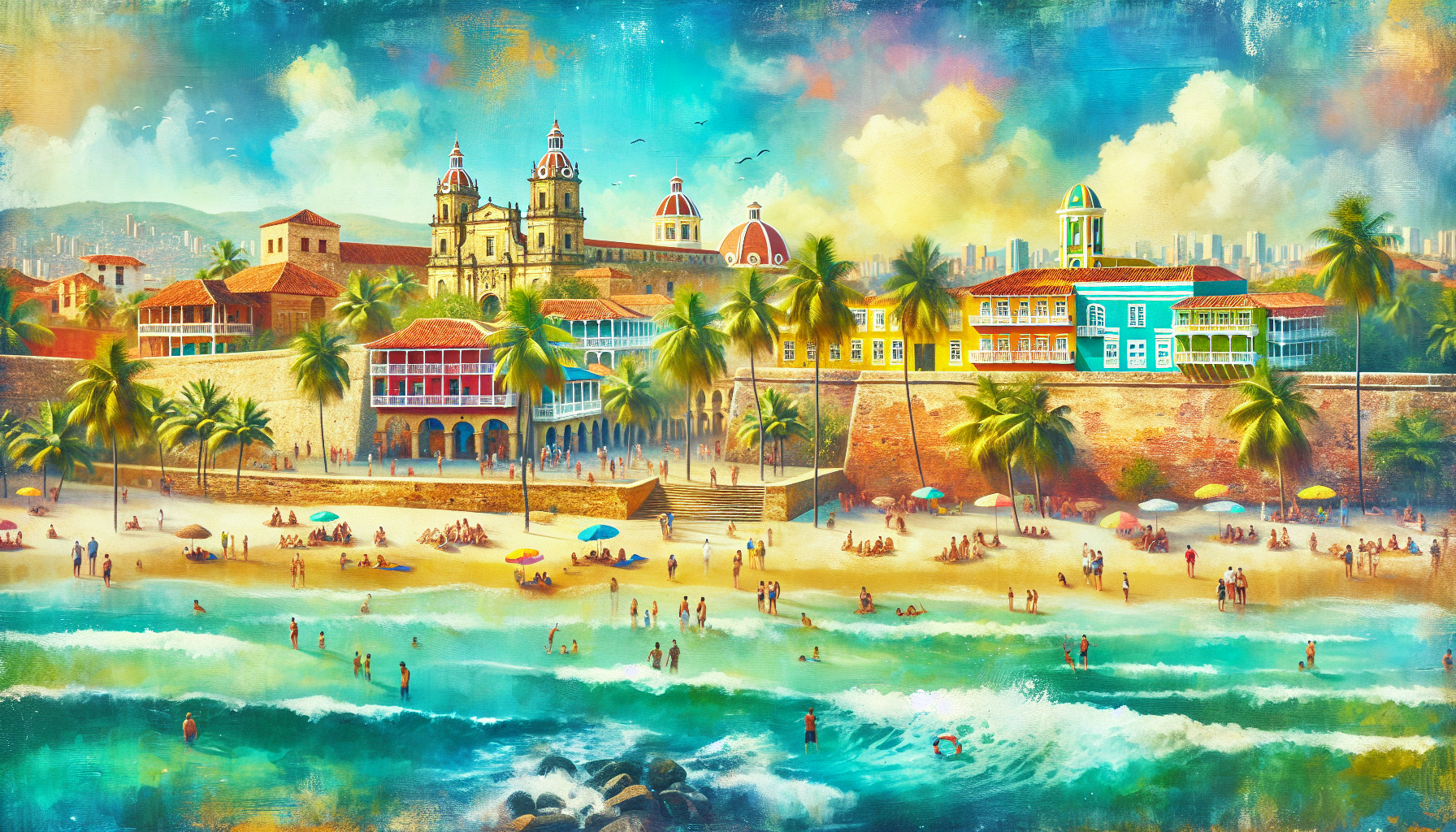
Colombia has several safe destinations popular among tourists. Cartagena, Medellín, and the Caribbean coast, including Santa Marta, are known for their safety measures and vibrant tourist areas. These cities blend historical charm, modern amenities, and scenic beauty, making them ideal for travelers.
Next, we will explore these destinations in more detail, highlighting the specific areas that are safe for tourists and the unique attractions each city offers.
Cartagena: The Walled City
Cartagena, particularly the walled city, is a safe and popular area for tourists. The walled city offers enhanced safety due to its economic dependence on tourism, leading to increased police presence. Neighborhoods like Getsemani and Bocagrande are also safe for visitors.
Although the walled city may be pricier and less authentic, it offers a secure environment for exploring Cartagena’s rich history and vibrant culture.
Medellín: From Dangerous to Delightful
Medellín has transformed from a city known for violence to one celebrated for its innovation and safety measures. Public transport improvements and community engagement programs have significantly reduced crime rates, making Medellín a more appealing destination for tourists.
Visitors should explore neighborhoods like El Poblado and Laureles, known for their vibrant culture and nightlife. Avoiding areas still struggling with crime ensures a safe and enjoyable visit.
Santa Marta and the Caribbean Coast
Santa Marta, on the Caribbean coast, is recommended for its well-known tourist areas. Staying within popular spots enhances safety, and areas like Playa Blanca are generally safe for tourists, although caution is advised when swimming alone or at night.
The Caribbean coast offers stunning beaches and rich cultural experiences, making it a must-visit destination for travelers seeking relaxation and adventure.
Staying Safe During Outdoor Activities
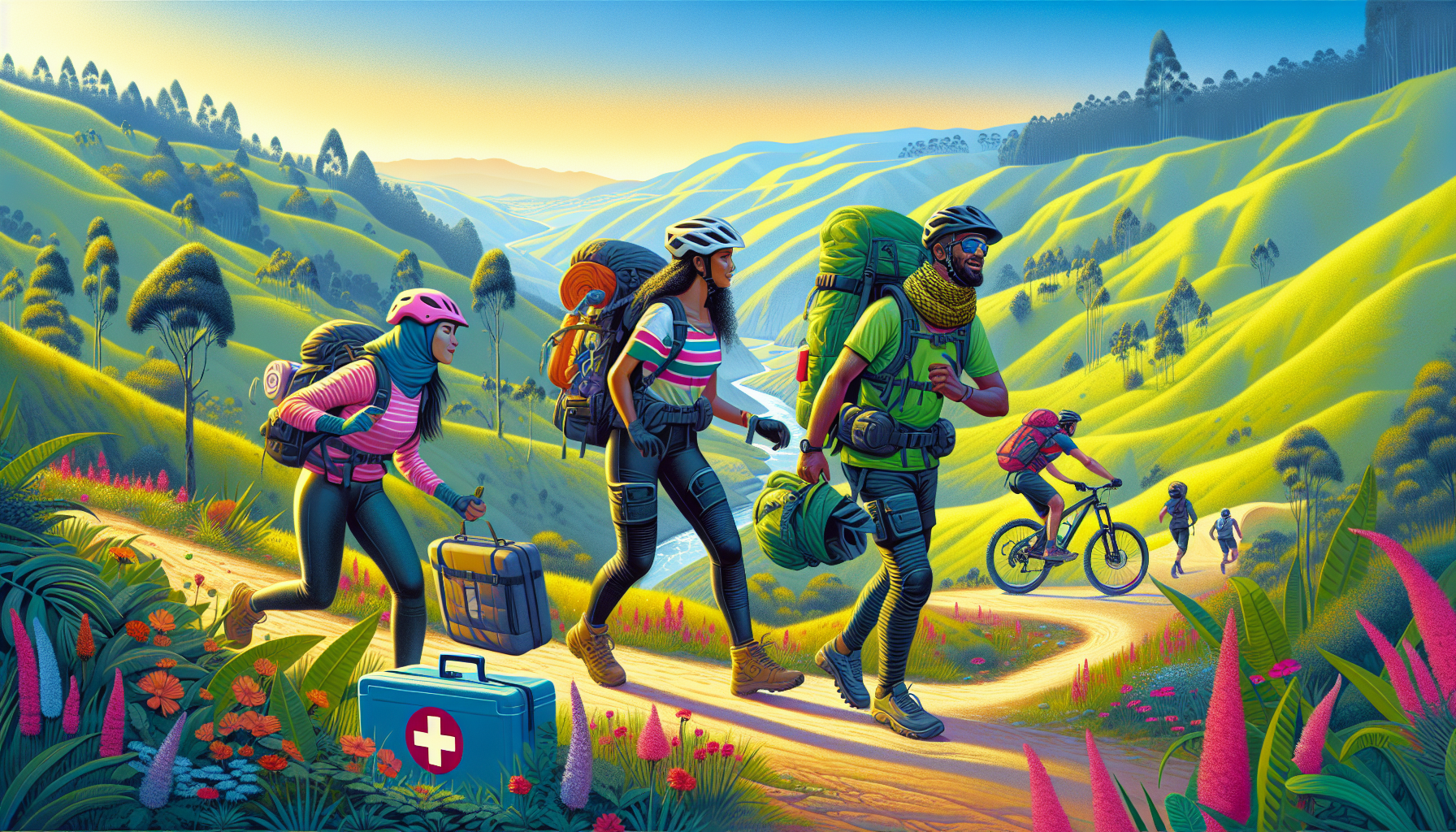
Colombia’s diverse landscapes provide ample opportunities for outdoor activities, from hiking in the Andes to exploring coastal beaches. However, staying aware of potential risks and taking necessary precautions is crucial during these adventures.
Next, we will provide safety tips for adventure tourism and discuss health risks, including the importance of medical evacuation in emergency services.
Adventure Tourism Safety Tips
When engaging in adventure tourism, choose reputable tour operators to ensure safety. At Playa Blanca, avoid swimming alone or at night, and secure your belongings to prevent theft. Be cautious of strong currents in certain areas while swimming.
Exercising caution and following safety tips allows you to enjoy Colombia’s natural beauty without compromising your safety.
Health Risks and Medical Evacuation
Travelers should be aware of health risks like altitude sickness when visiting high-altitude areas in Colombia. Adequate travel insurance that covers medical evacuation is crucial in case of severe health issues.
Some prescription medications available in travelers’ home countries may not be accessible in Colombia. Ensuring you have the necessary medication and insurance helps manage health risks during your trip.
Special Considerations for Solo Travelers
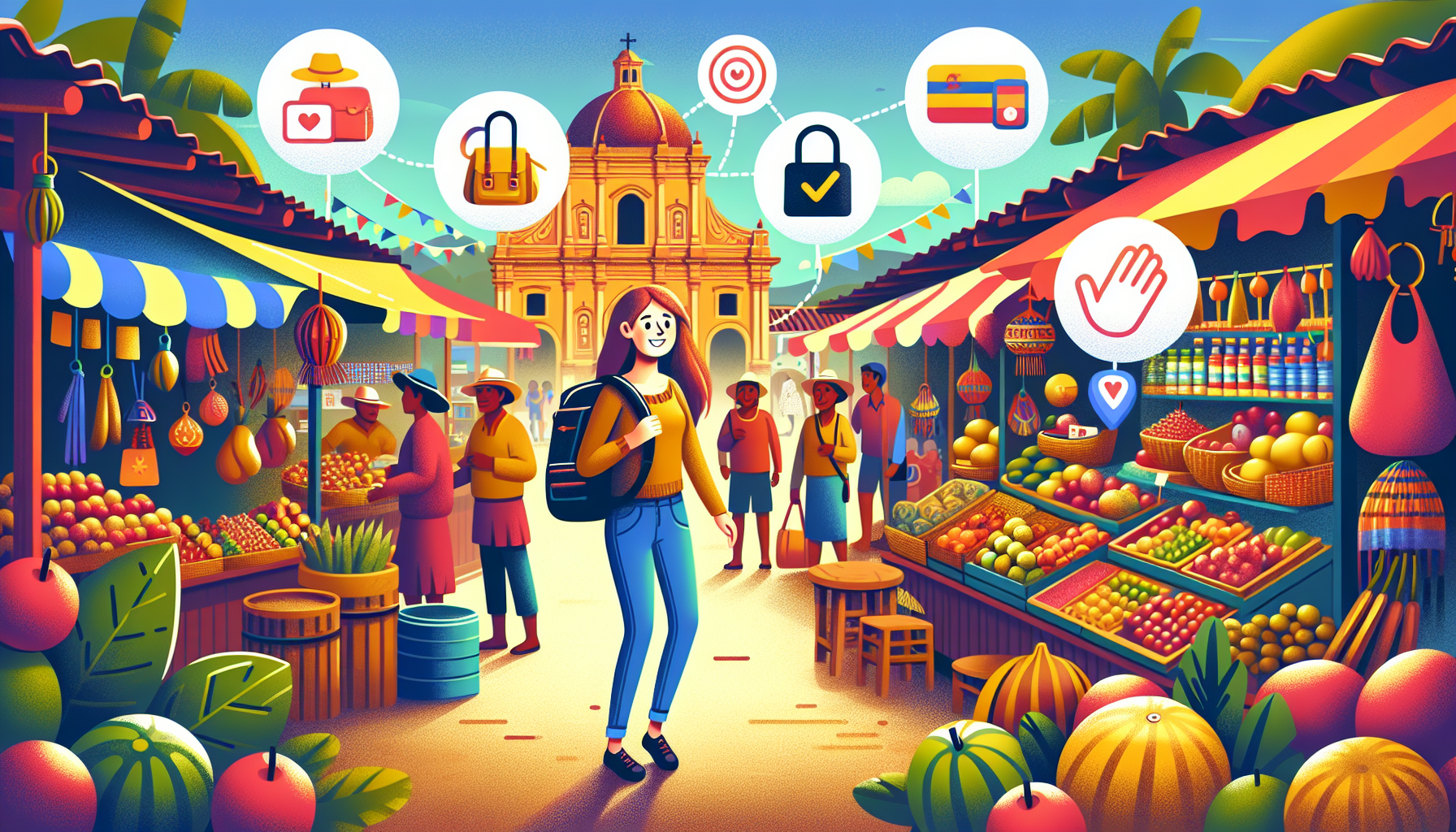
Solo travelers in Colombia face specific risks, including being targeted by criminals through online dating applications. Participation in ayahuasca ceremonies poses serious health risks and is not regulated, making them particularly dangerous for solo travelers.
Investing in comprehensive travel insurance mitigates risks associated with accidents and health emergencies, providing peace of mind while exploring Colombia alone.
Women Traveling Alone
Women traveling alone in Colombia may face risks such as harassment or verbal abuse. Reported crimes against women include attacks and sexual assault, including rape.
A woman who becomes a victim of sexual assault should report the incident as soon as possible and go to the nearest Canadian office for assistance. Staying vigilant and taking precautions can help ensure a safer travel experience for women exploring Colombia solo.
Preparing for Your Trip to Colombia
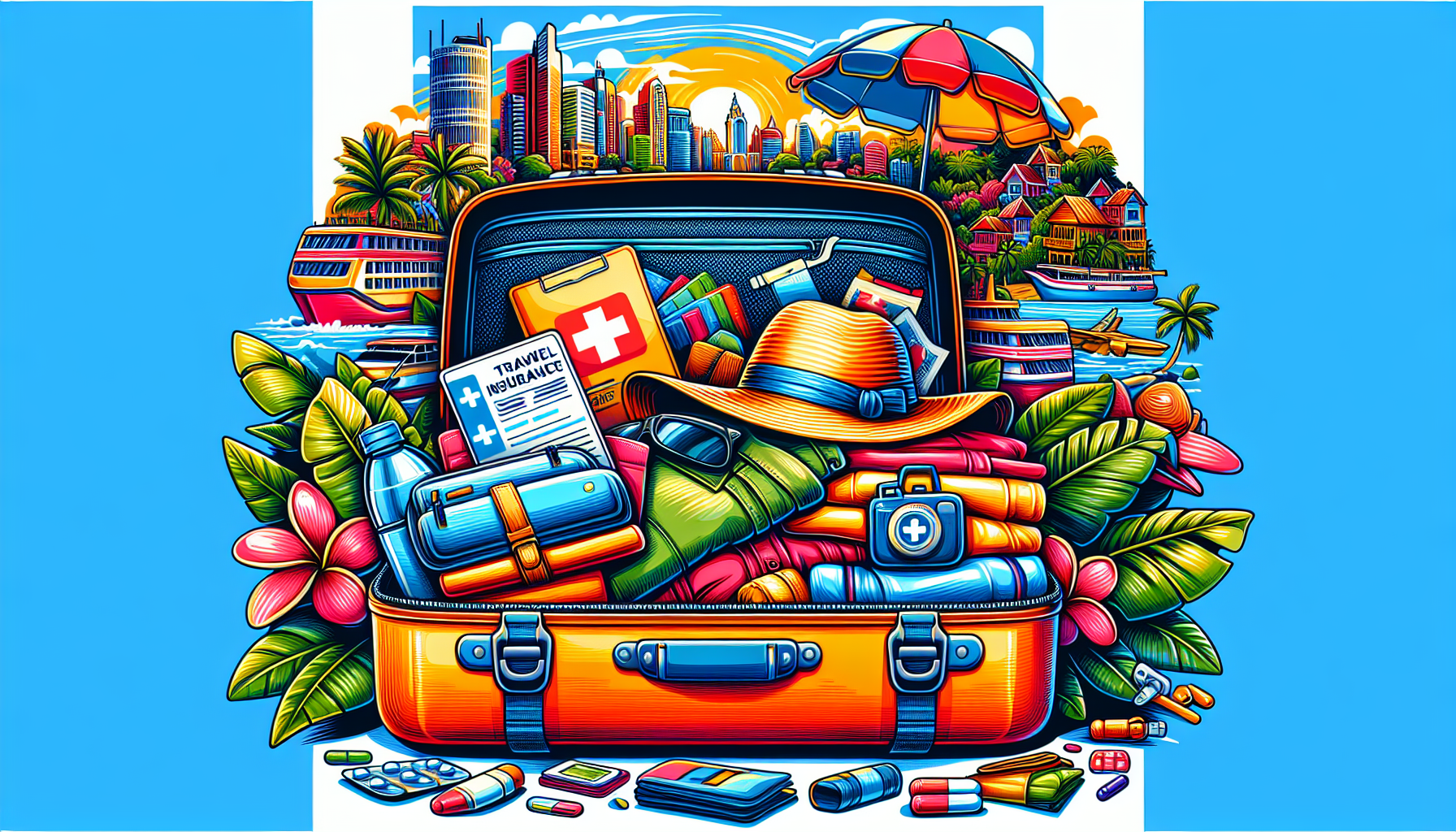
Thorough preparation is key to a safe and enjoyable trip to Colombia. Travel insurance, although not mandatory, is highly advisable to protect against accidents and health emergencies. Complete the necessary documentation, such as the free electronic immigration form (Check-Mig), within the specified timeframe before travel.
Next, we will discuss the importance of travel insurance and documentation, as well as essential items to pack for your trip.
Travel Insurance and Documentation
Adequate travel insurance is essential for a safe travel experience in Colombia. Medical coverage through travel insurance protects against unforeseen health issues and emergencies. Plans may vary in cost based on factors like the number of travelers, trip length, and coverage options.
A tourist visa is not required for stays of up to 90 days, but customs officials may ask for a return or onward ticket and proof of sufficient funds. Having the necessary documentation ensures a smooth entry and stay in Colombia.
Packing Essentials
Packing a basic first aid kit is essential for addressing minor medical issues while traveling. Some prescription medications may not be available in Colombia, so bring all necessary medications and verify their legality before travel.
Keeping your belongings secure and packing safety equipment can enhance your travel experience and minimize risks.
Summary
In summary, Colombia offers a rich travel experience with its vibrant culture, stunning landscapes, and historical sites. While safety concerns exist, being informed and prepared can significantly enhance your travel experience. From understanding the current safety situation and common concerns to identifying safe destinations and preparing for your trip, this guide equips you with the knowledge to explore Colombia confidently.
As you embark on your Colombian adventure, remember to stay vigilant, follow safety tips, and enjoy the beauty and hospitality that this South American gem has to offer.
Frequently Asked Questions